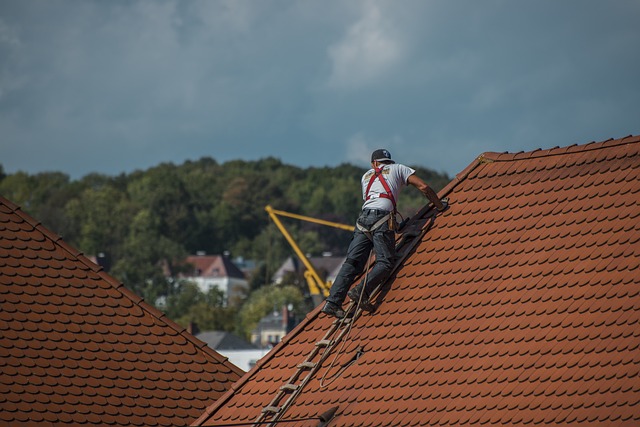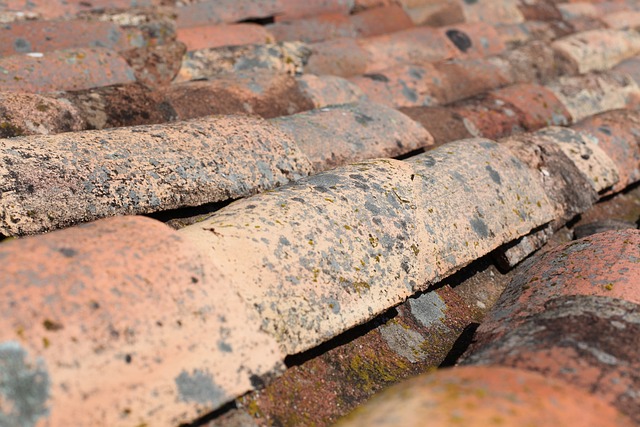
How to Repair a Leaky Roof, What a Roofer Would Do, and DIY Roofing
The first step in fixing one is to find the source of the leak. Once you do, you can manage the situation from the ground and from an insurance perspective. You will learn how to find and replace damaged or rusted vent boots. You can also repair broken screws or nails. To complete a roof repair, you must have the necessary knowledge and tools.
Repairing
When you have a leak, you will need to find out where the leak is coming from. It may be hard to find the exact spot, especially on a rooftop terrace. But there are a few things that you can do to fix the problem. First of all, you should purchase replacement shingles. After purchasing them, you can replace the damaged ones.
A small leak can turn into a major problem if it is not repaired promptly. It can cause mold growth, damaged insulation, and even ruined ceilings. This problem is especially dangerous for people who suffer from respiratory problems. A leak can produce mold and mildew, which can cause allergic reactions or even lead to asthmatic symptoms.
Before you start work on repairing one, you must make sure that you are wearing proper safety gear. Rubber-soled shoes are a must, as well as harnesses. Working on it can be dangerous, so you should get help from other members of the house to avoid any mishaps.
If you see dripping spots from the ceiling, you may have a leak. However, a leak in a roof can be hard to detect because it can be hard to determine the exact location. It is important to pay attention to these spots if they are visible and are brown in color. These spots may be located on any part of the ceiling, but are more common in corners.
A professional contractor will be able to assess the damage and determine the best course of action. While it is possible for roof repair to be done on your own, it can be hazardous and costly. It is a good idea to have it inspected by a professional regularly to avoid further damage.
Identifying
When fixing a roof, the first step is to identify the source of the leak. You can do this by looking at it. Look for any signs of deterioration. It could be that a nail or a shingle has come loose or fallen off. Another possible sign is rust or rusted nails.
If you can find these signs, you can then proceed to replace the affected shingles and/or sealants. If the leak is coming from the ceiling, measure the distance between the walls and the ceiling to determine where the leak is coming from.
If it is dripping directly from the ceiling, the source is likely a plumbing leak. Otherwise, it may be coming from your home. If you can’t find the source of the leak, call a licensed contractor. They will be able to help you trace the leak and make the necessary repairs. They will also know how to fix the shingles if you aren’t comfortable working on them yourself.
If you have access to the attic, you can also check for signs of leaks. In addition to looking for signs of water, you should check the gaskets around utility entrances, chimneys, and dormer vents. A leak in the attic ceiling can be caused by wind-lifted shingles or by corroded materials.
Identifying the source of a leak is crucial for ensuring the best repair possible.
In most cases, leaks will occur where two planes of it meet, called a valley. If these are not sealed, it will allow rainwater to seep in. Using an attic flashlight to see it in the attic can be useful when trying to pinpoint the source of a leak. Look for water stains, black spots, or mold around the leak’s location.
For those without attic access, using a garden hose to soak it can also help. One of the most common sources of roof leaks is damaged flashing. The flashing is a thin sheet of material that is installed around crevices, joints, and vertical surfaces. The flashing directs water downward and helps to avoid puddles from forming at the edges of it.
Managing
Managing a leak is a complicated process. In many cases, the problem may be a result of several different issues. Leaky roofs can create a multitude of problems, from structural damage to gaps and cracks in the structure’s flashing. It’s best to call a professional to help.
First, determine where the water is coming from. Most people assume that water drips down it, but this isn’t always the case. Some leaks can originate many feet away because water follows the support structure of the roof. In addition, high ceilings can make it difficult to pinpoint the exact source of a leak.

Once you’ve identified where the leak is coming from, you can start the repair process. Be sure to carefully manage the situation and take your time. Don’t puncture the roof, as this can cause additional leaks. You also don’t want to let water get inside your home.
If you can’t access the roof or are unsure of where to start, you should call a company for help.
These experts will help you find the source of the leak and offer a long-term solution to the problem. You can also check your attic to see if there are any visible signs of a leak.
A tarp can protect it from damage. Usually, a tarp should be at least six millimeters thick. Alternatively, you can use two 4’s to support the tarp and protect it from damage. Once the tarp is in place, roll it over the problem area.
Insurance
A leak can have a number of effects on a home, ranging from structural damage to water damage from leaks in the gutters. Identifying where the leak is occurring and what it consists of are important first steps. While it can be tempting to climb on the roof to inspect the damage, be aware of the risk of falling on a weakened roof. In addition, it’s important to document any damage.
If you can, take photos of the visible areas of damage, as well as close-ups of the water damage inside the home. Homeowners’ insurance policies cover water damage and leaky roofs. Read here to learn more https://en.wikipedia.org/wiki/Home_insurance. It’s important to regularly inspect it, as even a small leak can cause serious damage. Also, it’s important to remove debris from the roof. Even small leaks can be expensive and can put a strain on your budget.


